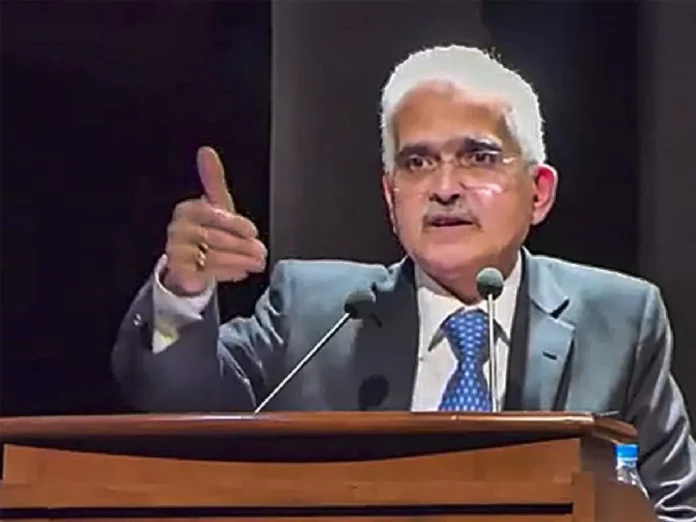The Reserve Bank of India (RBI) recently concluded its monetary policy committee (MPC) meeting, marking the eighth consecutive time the central bank has left key policy rates unchanged. With the stance maintained as ‘withdrawal of accommodation’, the policy decision and the subsequent statements by the RBI governor appeared to follow predictable patterns. However, beneath the surface lie hidden aspects of India’s monetary policy that warrant closer examination.
A Policy of Stability
Unchanged Rates
The RBI’s decision to keep key policy rates unchanged reflects a commitment to stability amid ongoing economic uncertainties. With inflationary pressures persisting and growth prospects clouded by global headwinds, maintaining the status quo on interest rates is seen as a prudent move to support economic recovery while guarding against inflationary risks.
Stance on Withdrawal of Accommodation
The RBI’s stance as ‘withdrawal of accommodation’ signals a gradual shift towards a less accommodative monetary policy stance. While the central bank remains committed to supporting growth, it also recognizes the need to unwind stimulus measures introduced during the height of the pandemic. By gradually tightening monetary conditions, the RBI aims to strike a balance between supporting growth and containing inflation.
Hidden Aspects of Monetary Policy
Inflation Dynamics
One of the hidden aspects of India’s monetary policy is the nuanced understanding of inflation dynamics. While headline inflation remains elevated, driven primarily by supply-side disruptions and rising commodity prices, underlying inflationary pressures are more subdued. Core inflation, which excludes volatile food and fuel prices, has remained relatively benign, suggesting that demand-side factors may not be contributing significantly to inflationary pressures.
Liquidity Management
Another key aspect of India’s monetary policy is liquidity management. Despite maintaining a neutral stance on interest rates, the RBI has employed various liquidity management tools to ensure adequate liquidity in the financial system. By conducting open market operations (OMOs) and adjusting the cash reserve ratio (CRR), the central bank aims to maintain orderly conditions in money markets while signaling its intent to tighten liquidity conditions gradually.
Exchange Rate Dynamics
The RBI’s monetary policy decisions also have implications for exchange rate dynamics. With the Indian rupee facing downward pressure amid global uncertainties and capital outflows, the central bank’s interventions in the foreign exchange market play a crucial role in stabilizing the currency. By striking a delicate balance between supporting export competitiveness and managing inflationary pressures, the RBI seeks to maintain exchange rate stability while preserving macroeconomic stability.
Implications for Stakeholders
Borrowers and Savers
For borrowers, the RBI’s decision to keep interest rates unchanged provides a reprieve from potential rate hikes, thereby supporting affordability and access to credit. However, for savers reliant on fixed income instruments, the prolonged period of low interest rates presents challenges in generating adequate returns on investments, underscoring the importance of diversification and risk management.
Businesses and Investors
From a business and investor perspective, the RBI’s monetary policy stance signals continuity and predictability, which are essential for making informed decisions and planning future investments. However, rising inflationary pressures and tightening liquidity conditions may pose challenges for businesses operating in inflation-sensitive sectors, highlighting the importance of prudent risk management and cost optimization strategies.
While the RBI’s monetary policy decisions may appear straightforward on the surface, a deeper analysis reveals hidden aspects that shape the trajectory of India’s economy. From inflation dynamics and liquidity management to exchange rate dynamics and implications for stakeholders, the central bank’s policy choices have far-reaching implications that extend beyond interest rates.
As India navigates the challenges of economic recovery and inflation management, a nuanced understanding of the hidden aspects of monetary policy is essential for policymakers, businesses, investors, and savers alike. By shedding light on these hidden dimensions, we can gain a deeper appreciation of the complexities of India’s monetary policy landscape and chart a course towards sustainable economic growth and stability.
Disclaimer: The thoughts and opinions stated in this article are solely those of the author and do not necessarily reflect the views or positions of any entities represented and we recommend referring to more recent and reliable sources for up-to-date information.



